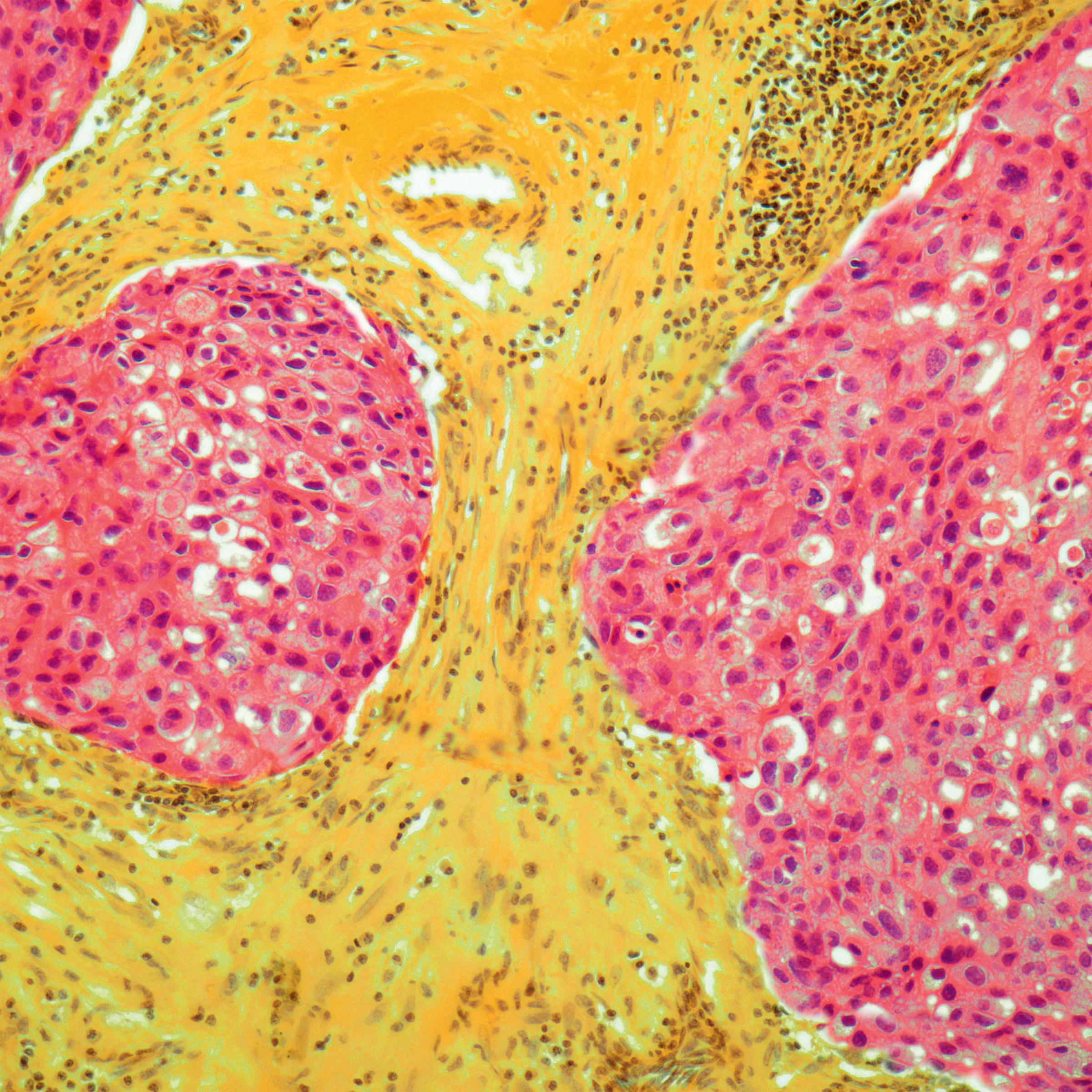
Today the theory of evolution is taught in schools across the United States, but that wasn’t the case when teacher John Thomas Scopes went on trial for teaching it to his high school students in Tennessee. In March of 1925, the state had passed a law banning the teaching of evolution because it conflicted with the story of creation in Bible. Scopes’ case was brought to court on July 10—precisely 90 years ago Friday—in what came to be known as the “Scopes Monkey Trial,” one of the most famous trials in U.S. history.
Three-time presidential candidate William Jennings Bryan argued for the prosecution, seeking to prove that Scopes had violated the law. As TIME reported that year, Bryan—who died shortly after the trial ended—had planned for his closing remarks of the trial to be his “greatest speech.” The speech wasn’t actually given during the trial due to legal maneuvering by the defense, but he delivered it to the public after the fact. It included passages like this:
It need hardly be added that this law did not have its origin in bigotry. The majority is not trying to establish a religion or to teach it—it is trying to protect itself from the effort of an insolent minority to force irreligion upon the children under the guise of teaching Science.
Scopes ended up losing the case and was charged a $100 fine, though the verdict was later overturned on a technicality. But the real star of the trial was Clarence Darrow, Scopes’ skilled lawyer, who poked numerous holes in Bryan’s argument and fundamentalist theory in general. The case marked a turning point in the way evolution was taught in schools and more widely acknowledged in the U.S.
After it was all over, TIME compared the trial to the examination of Socrates in ancient Greece:
Scientists and teachers shook their heads. Mr. Bryan was dead and at least for the time they as a body declined to enter upon animadversion, but some of them privately compared the Scopes trial, not with the trial in Pilate’s court, but with a trial in the court of Athens, where a teacher, accused (like Mr. Scopes) of corrupting the youth by teaching things contrary to law and disrespectful to the gods, had (like Mr Scopes) refused to deny his action, but defended it only by saying that he had taught the truth, which was, in his eyes, the highest form of reverence; and was (like Mr. Scopes) convicted. The parallel, they said, fell down in only one important point: Mr. Scopes was given a fine of $100; Socrates was given a cup of hemlock.
Read TIME’s full 1925 post-mortem on the Scopes trial, free of charge, here in the TIME archives: Dixit
See the Human Body Under a Microscope










More Must-Reads from TIME
- How the Economy is Doing in the Swing States
- Democrats Believe This Might Be An Abortion Election
- Our Guide to Voting in the 2024 Election
- Mel Robbins Will Make You Do It
- Why Vinegar Is So Good for You
- You Don’t Have to Dread the End of Daylight Saving
- The 20 Best Halloween TV Episodes of All Time
- Meet TIME's Newest Class of Next Generation Leaders
Contact us at letters@time.com